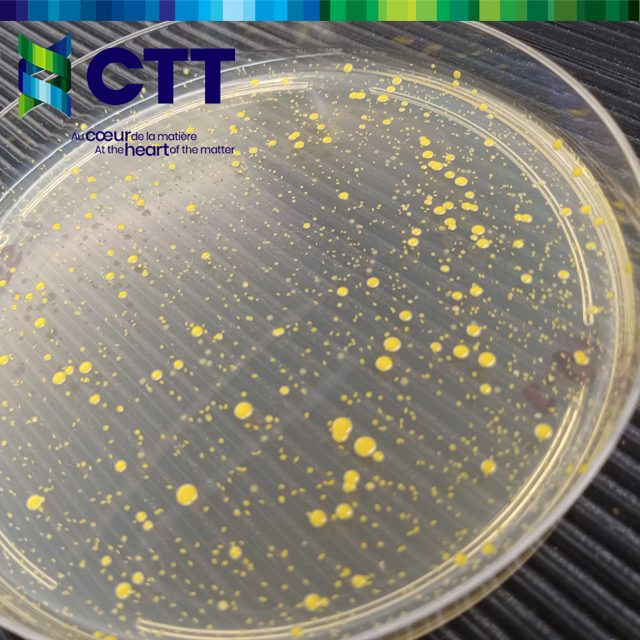

The antibacterial, antifungal, and antiviral efficacy of textile materials is assessed in various ways, encompassing numerous textile applications including medical products, military textiles, and sportswear.
Antibacterial treatments on textiles can be divided into two categories: bactericidal treatments, which kill bacteria found on the textile, and bacteriostatic treatments, which inhibit the growth of bacteria without necessarily killing them. Similar categories exist for fungi with fungicidal and fungistatic treatments.
Numerous tests exist to evaluate the antibacterial efficacy of textiles, each with its own particular objective:
The bioburden of textiles, representing the amount of microbiological contamination, is assessed according to the ISO 11737-1 standard method. Evaluation of microorganisms is done through visual observation requiring microbiology skills.
To visually observe the bacteriostatic activity of a textile, AATCC 147 is used. This method involves inoculating 5 streaks of a bacterial culture on agar and placing the textile to be tested over it. After a 24-hour incubation period, the agar and samples are observed to evaluate if there is inhibition under and around the sample.
Bactericidal activity can be evaluated following AATCC 100 or ISO 20743. A known concentration of bacterial culture is deposited on the textile sample. After a 24-hour incubation period, bacterial colony counting is performed to determine the percentage reduction of bacteria. Samples are taken at predetermined time intervals, in agreement with the client, to determine the reduction percentage at fixed textile-bacteria contact times, such as after 5 minutes, 1 hour, or 24 hours of contact.
Method AATCC 211 is specifically dedicated to evaluating textile performance for controlling odors of textiles treated with antibacterials.
Standard bacteria are used for each of these tests, although it is possible to modify strains according to specific needs. Some examples of these bacteria include Staphylococcus aureus and Klebsiella pneumoniae, or Proteus vulgaris and Staphylococcus saprophyticus.
Other methods are particularly suited for antifungal efficacy of textiles. The CAN/CGSB 4.2-No 28.2 method involves inoculating a culture of fungi, Aspergillus niger, on suitable agar for the growth of this organism and placing the textile under test. At the end of the 14-day incubation period, the efficacy of the fungicidal treatment is evaluated by a percentage of textile coverage by fungal spores. The CAN/CGSB 4.2-No 28.4 method is very similar but uses Chaetomium globosum.
Textile barriers can also be evaluated for their resistance to viral penetration according to ASTM F 1671. This involves contaminating the face of a textile with a solution containing a virus-simulating organism, then evaluating if this pseudo-virus passed through the textile. This assesses the barrier properties of the fabric.
Developed for surgical drapes and surgical gowns, this method is also useful for certain categories of first responders.
For details on antibacterial textile treatments, you can refer to the “Textiles for Functional Applications” book chapter on Antimicrobial Agents for Textiles: Types, Mechanisms, and Analysis Standards (July 2021), authored by Ahmad Ibrahim, Joseph-Émile Laquerre, Patricia Forcier, Vincent Deregnaucourt, Justine Decaens, and Olivier Vermeersch.
Test method references : www.iso.org ; www.aatcc.org ; www.scc.ca ; www.astm.org
CTT, at the heart of the matter

